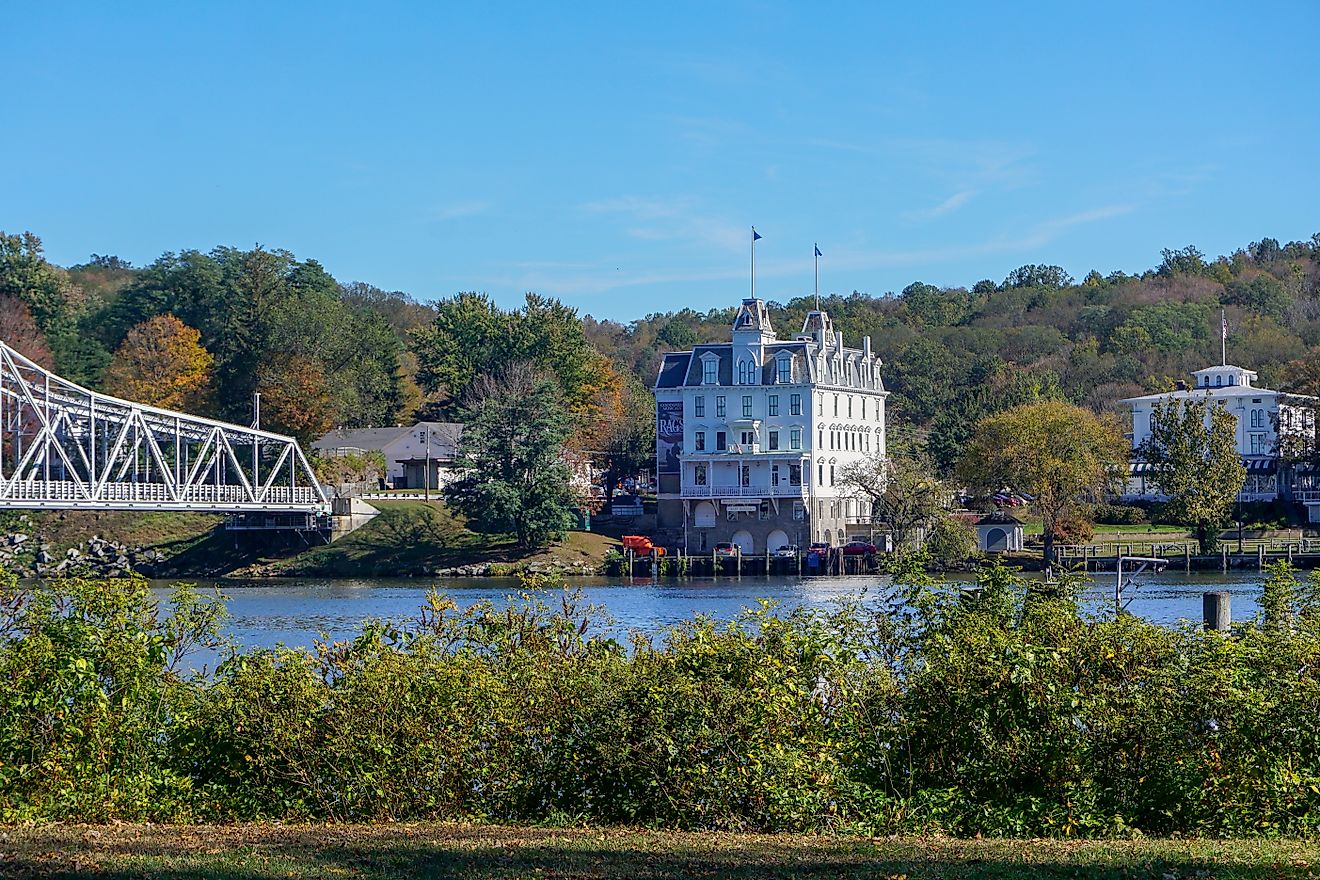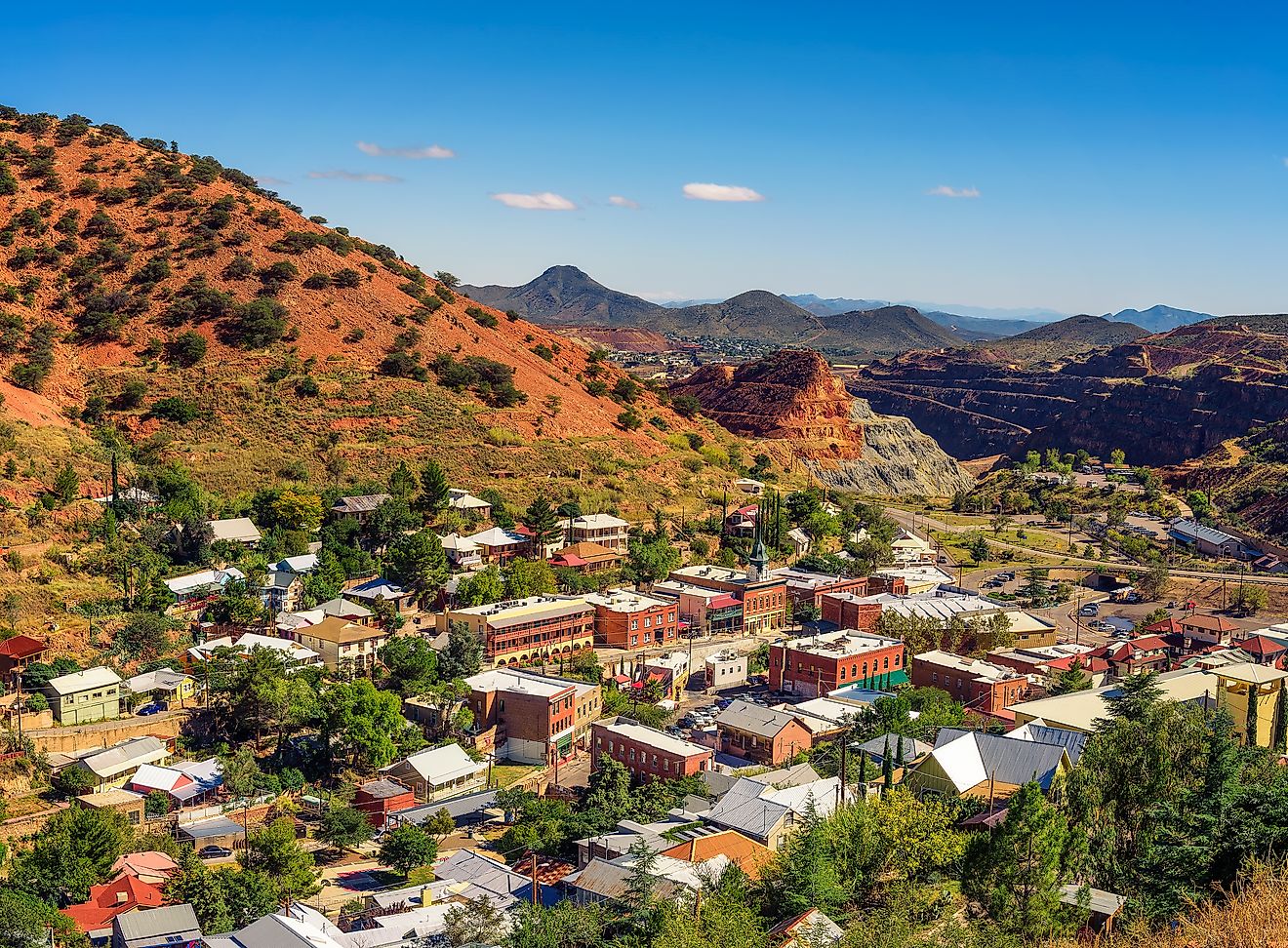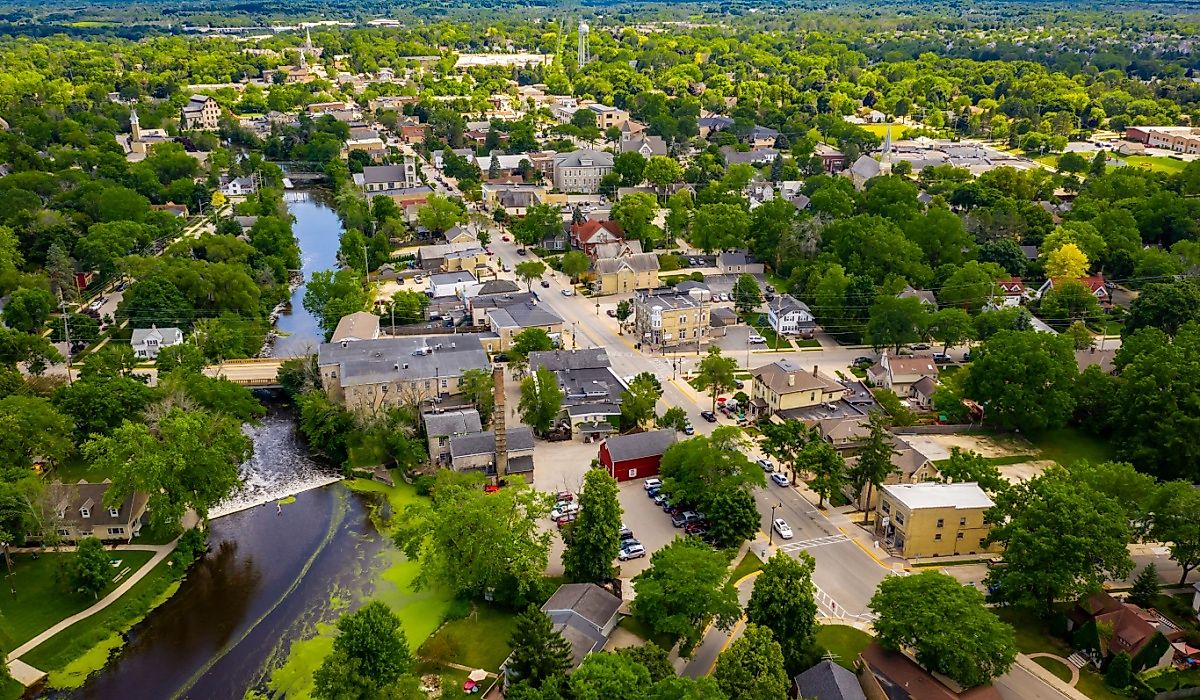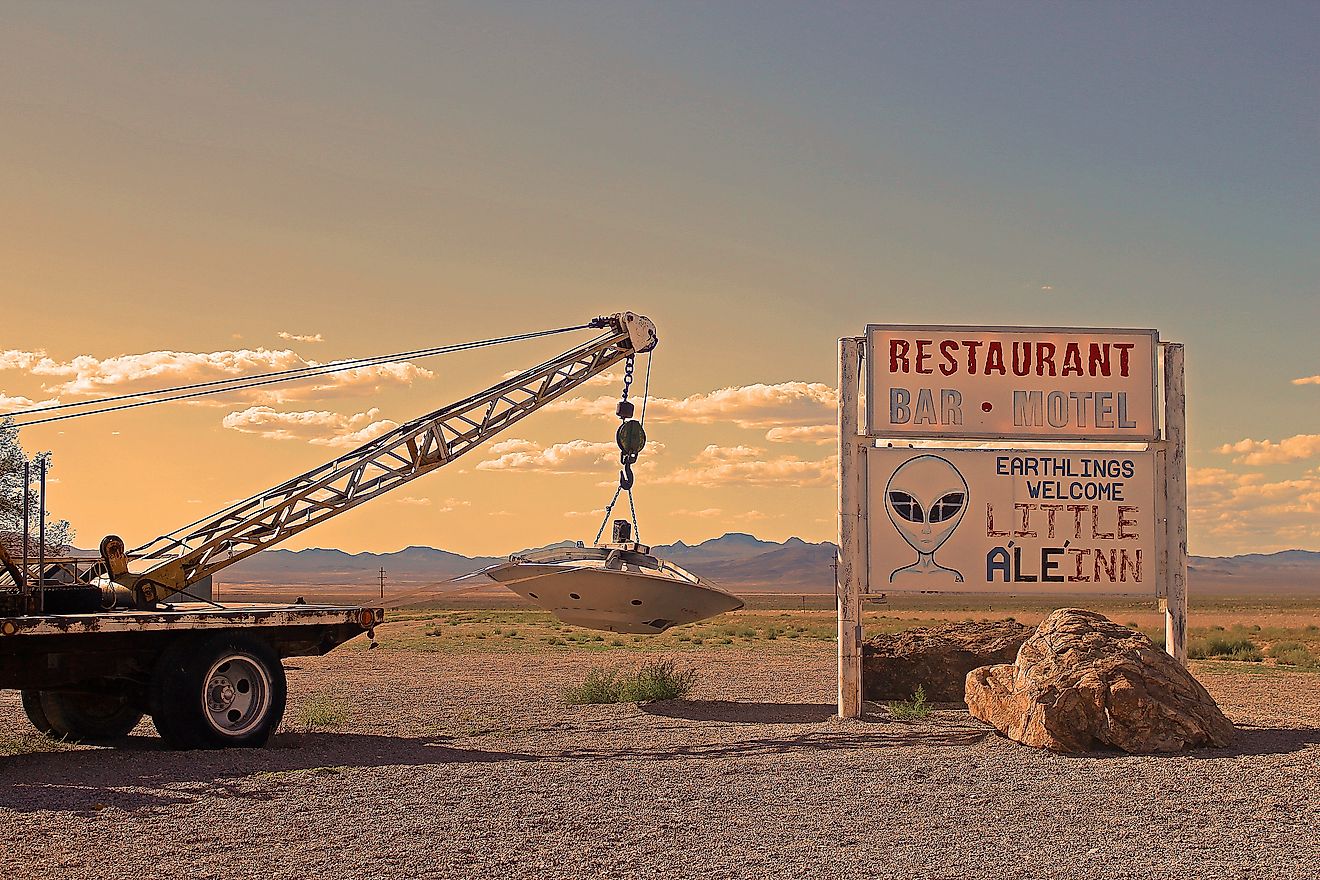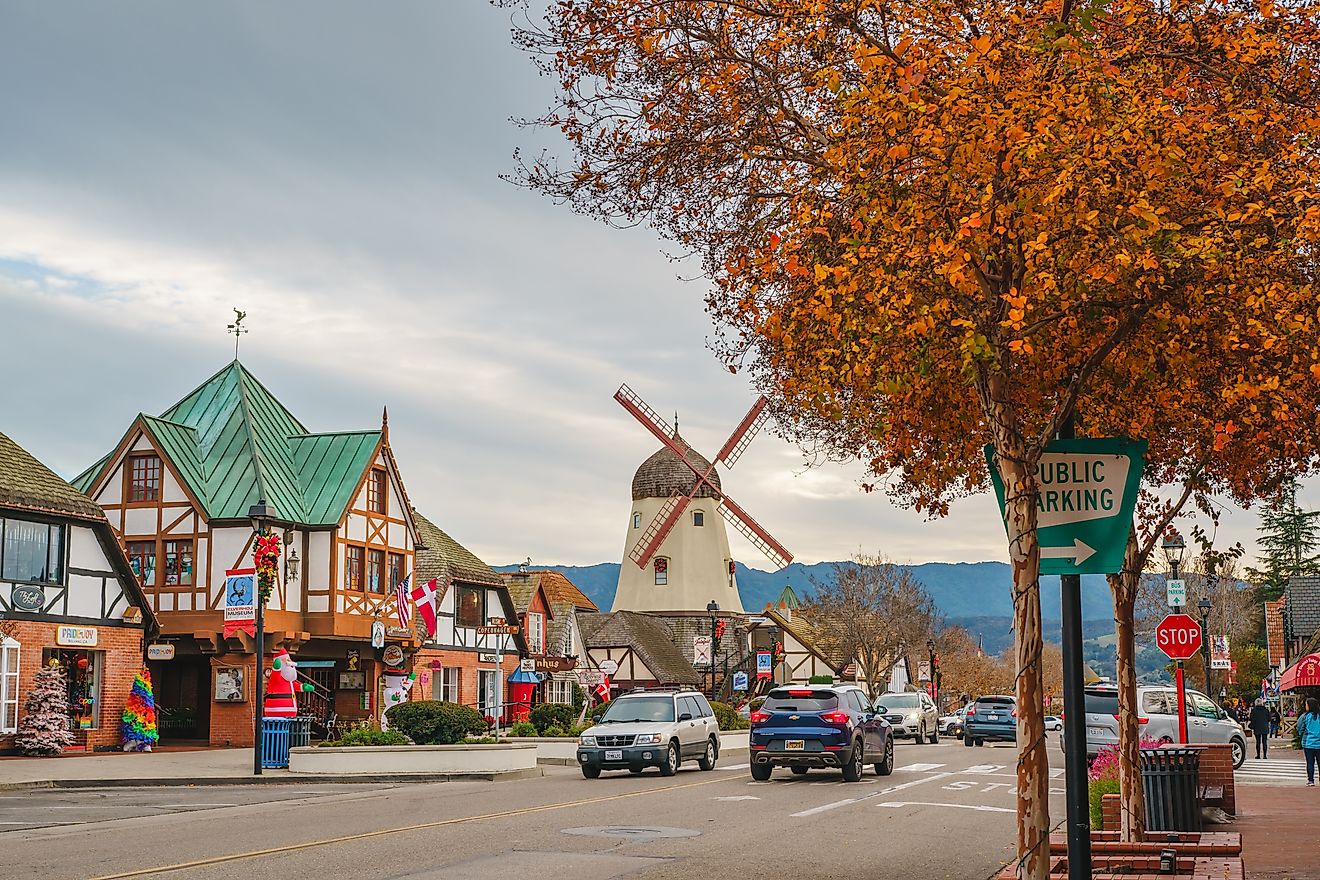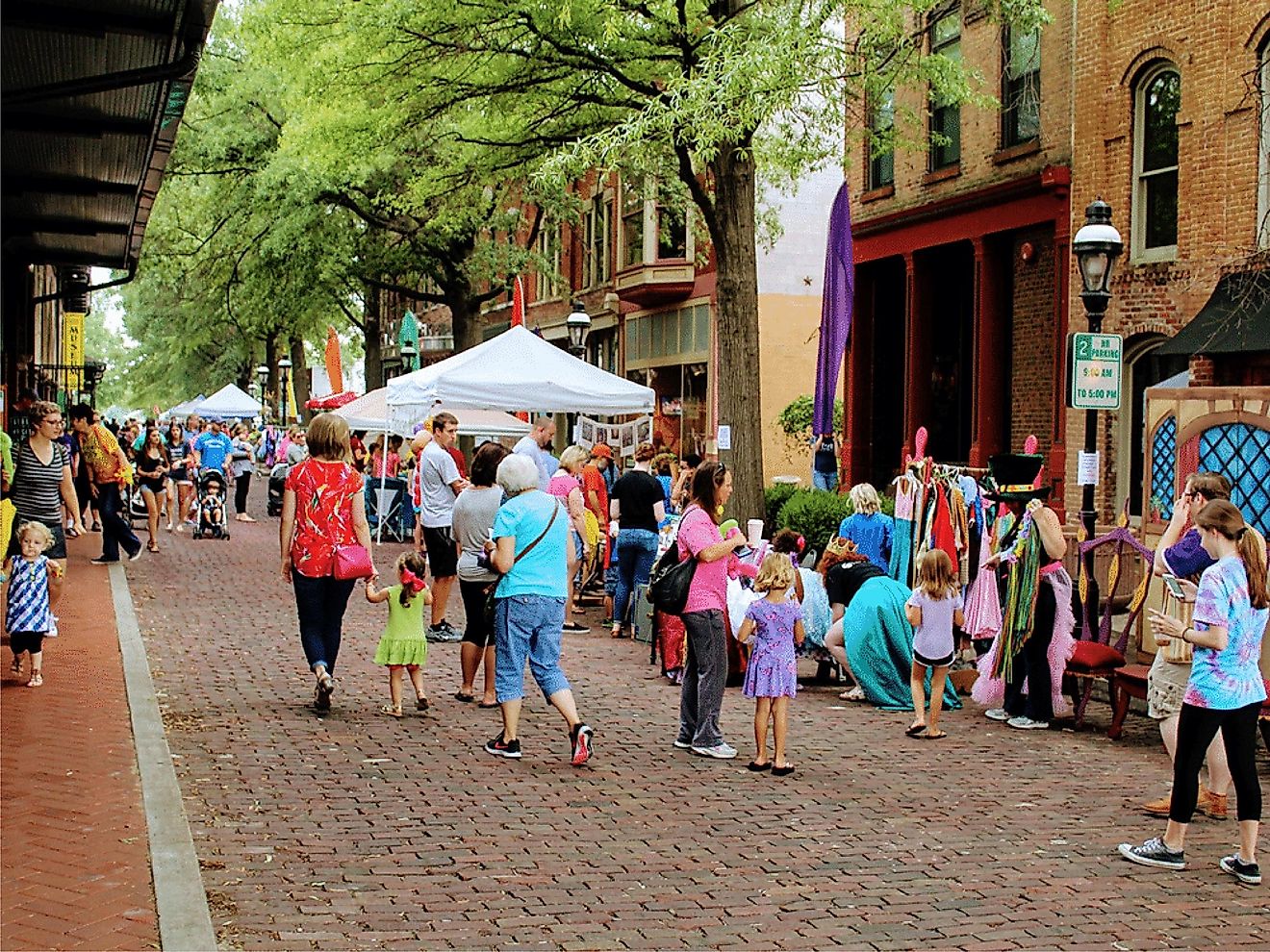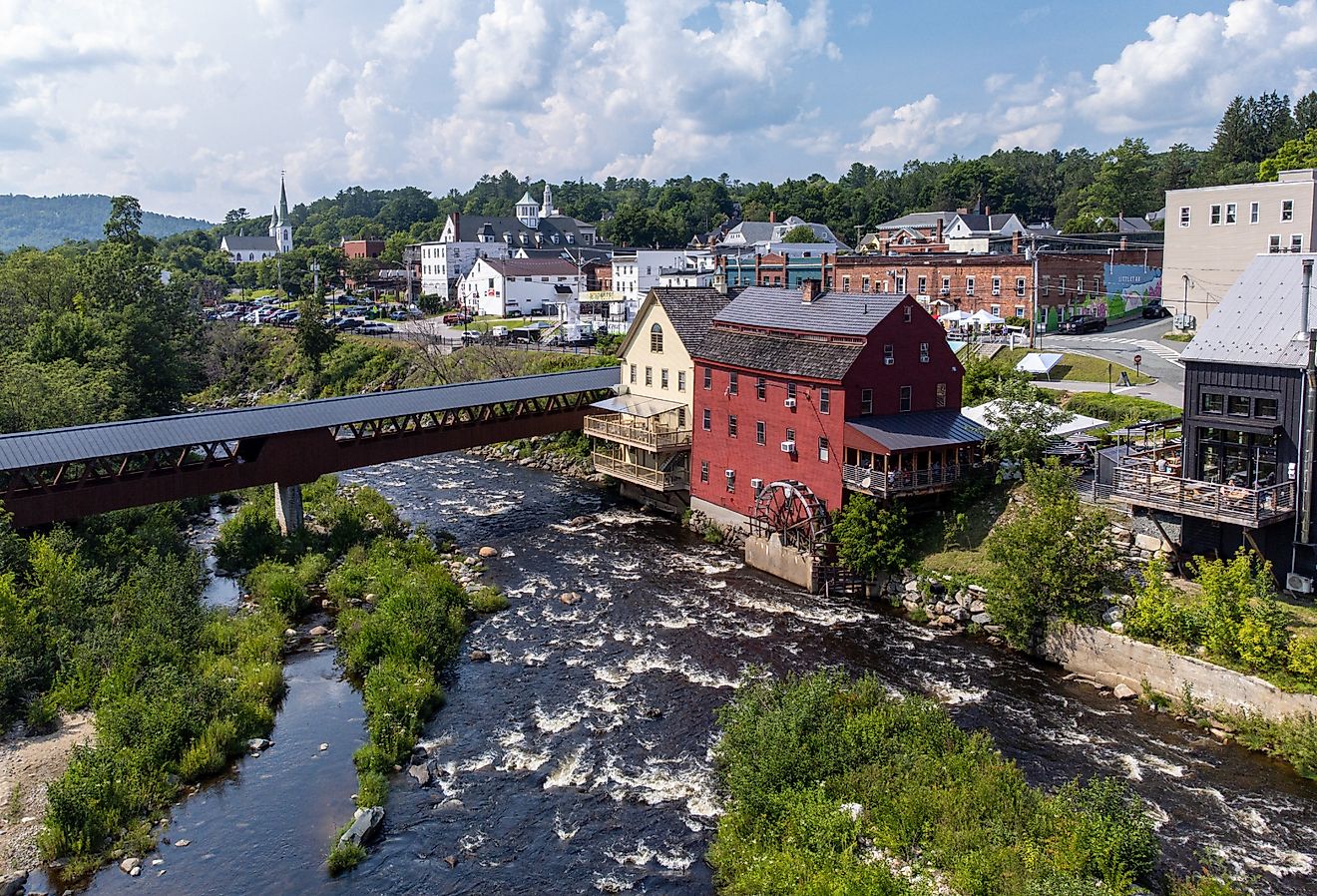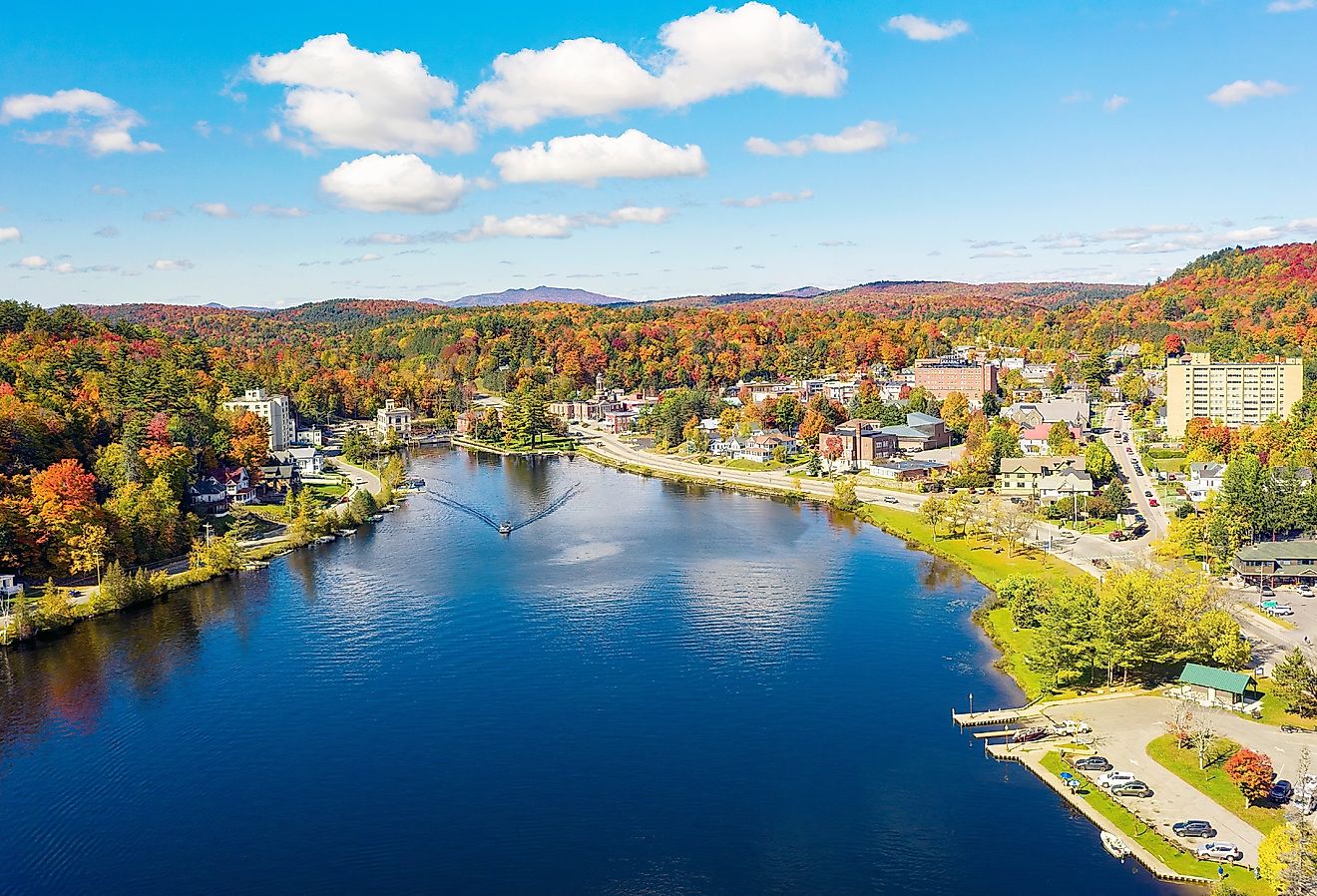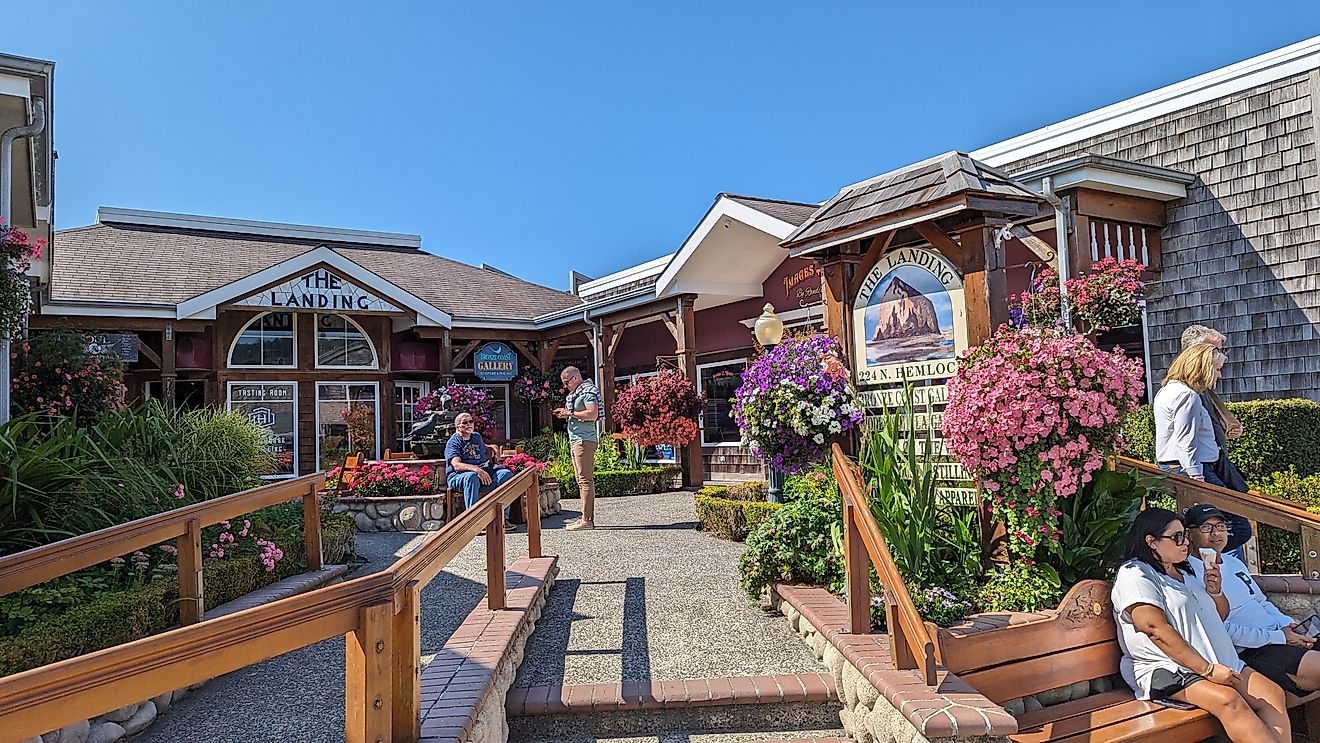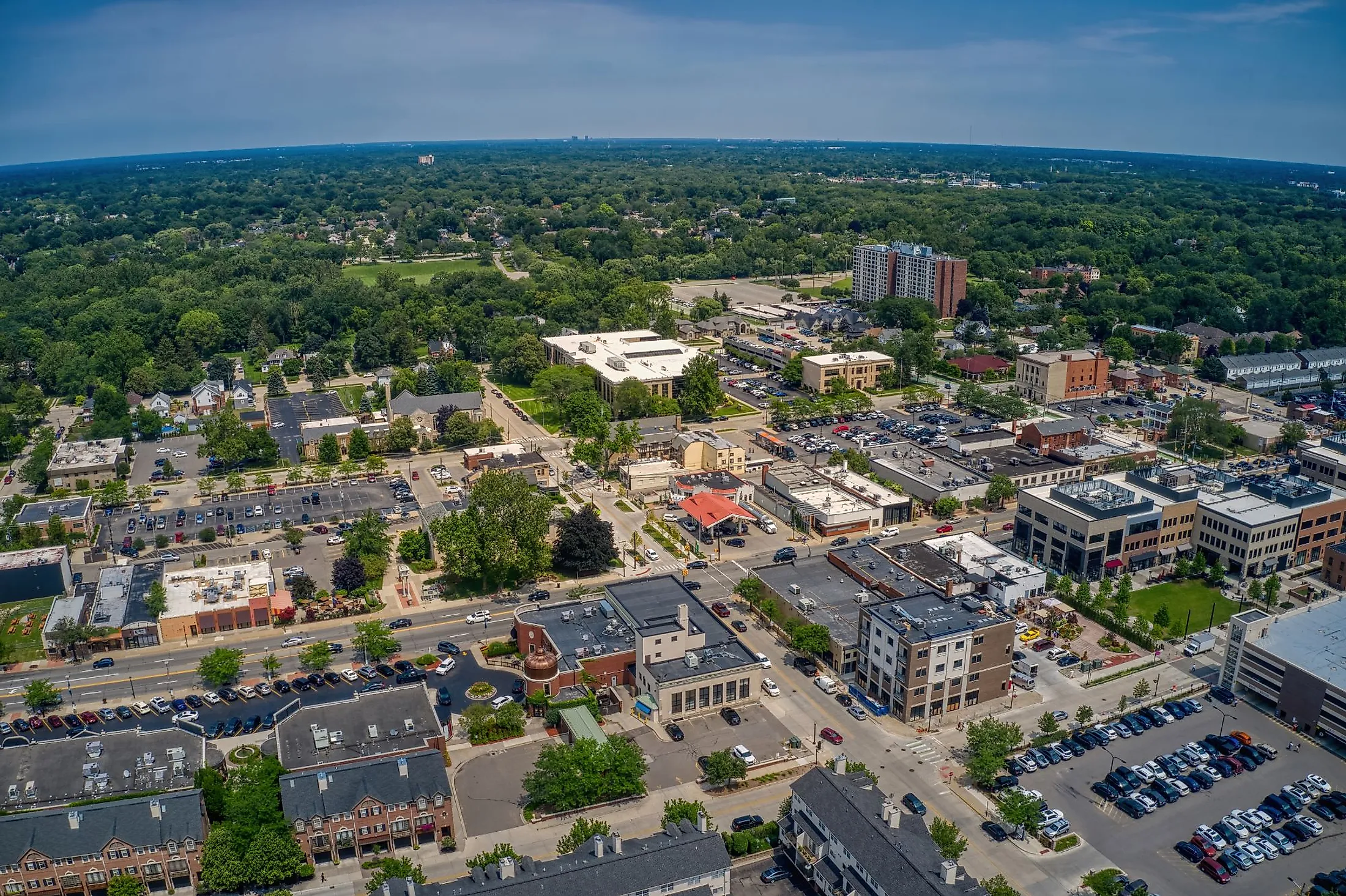
Dearborn, Michigan
Dearborn is Michigan's seventh-most populous city and is home to the country's biggest Muslim population per capita. Dearborn was founded in 1786 but was not incorporated as a city until 1929. Although initially, it began as a farming community, Dearborn is best known internationally as the birthplace of Henry Ford and the auto and steel manufacturing industries that are still vital to the city's identity. Dearborn has emerged as a regional center for healthcare and post-secondary education, as well as for the cultural and retail sectors.
Geography And Climate Of Dearborn
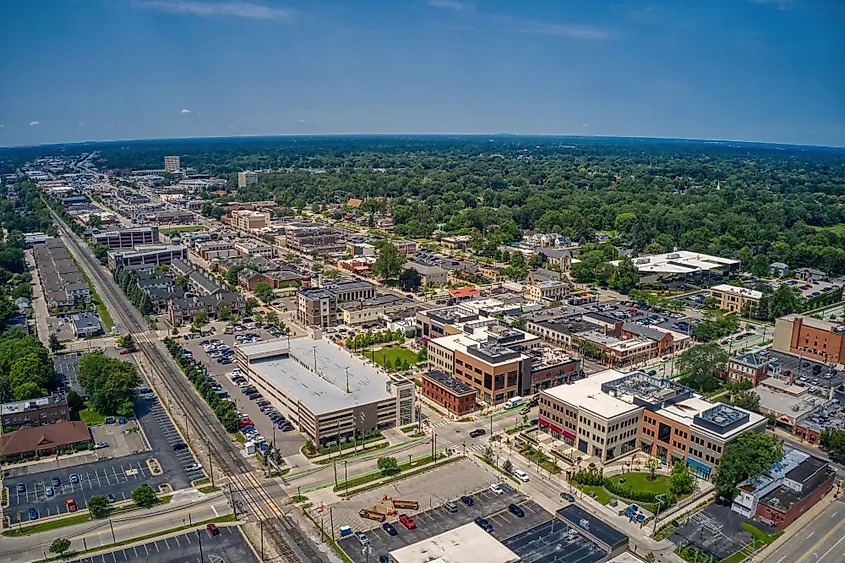
Situated in Michigan's Wayne County in the state's southeastern portion, Dearborn lies on both sides of the Rouge River, adjacent to Detroit. The Rouge River has been widened and channeled close to the Rouge Plant to allow the smooth navigation of large lake freighters. Dearborn covers a total area of 63.49 sq. km, of which 62.80 sq. km is occupied by land, and 0.69 sq. km is covered by water. Dearborn also owns a 626-acre park named Camp Dearborn in Milford, located about 56km from the city.
Dearborn experiences a humid continental climate as per the Koppen Climate Classification, with warm, humid summers and cold, snowy winters. The coldest month is January, with average daily lows of -7.9°C and about 11.7 inches of snowfall. The warmest month is July, with average daily highs of 22.7°C. The average annual precipitation is 35.05 inches, and the city receives an annual snowfall of 30.8 inches.
Brief History Of Dearborn
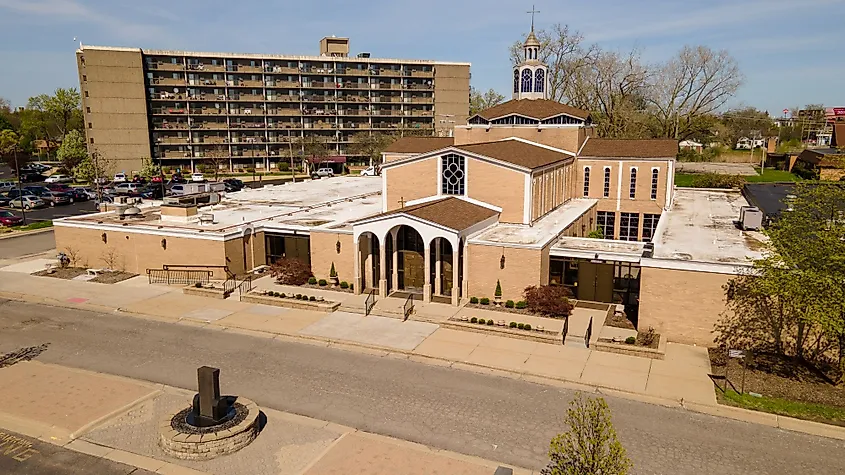
There is some evidence of the Clovis people dating back about 13,000 years ago, but most of the archaeological evidence indicates that the first humans came to the Dearborn area of Michigan about 10,000 years ago, just after the last glaciers retreated. When the French arrived in Michigan in the early 17th century, they found about 15,000 Native Americans in what is now Michigan. In the Dearborn-Detroit area, the Potawatomi tribes were the most populous.
The Native Americans became embroiled in the French and Indian War and the Anglo-French Wars. Eventually, the Native Americans were forced westward via treaties with the new American government when Michigan became a US territory in 1796. Dearborn began as a farm settlement, founded in 1786 by European (largely French) settlers as agriculture began to develop along the Rouge River. The settlement began as a stagecoach stop with the original name of Ten Eyck or Bucklin, located on a trail between Detroit and Chicago. The city's growth was slow for the first five decades or so.
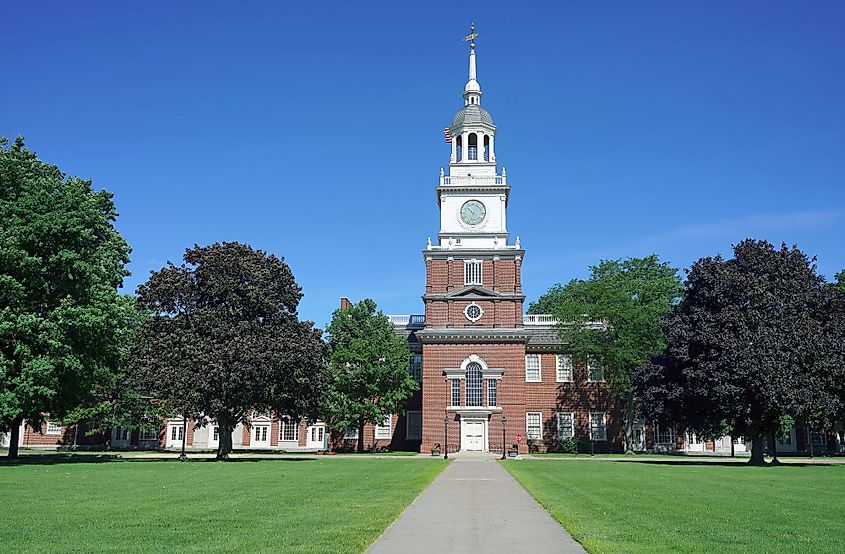
The rapid growth of Detroit in the early 19th century forced the US military to relocate the Detroit Arsenal. In 1833, during the Civil War, a US Arsenal was set up in an area that was then only sparsely inhabited. The area was named Dearborn after Revolutionary War hero General Henry Dearborn. The former Arsenal, which closed in 1875, is now part of the Dearborn Historical Museum. The Arsenal was a complex of 11 buildings, with stables and pastures extending towards the Rouge River flood plain. Gradually, a village grew around it. It became the Village of Dearbornville in 1838 and later the City of Dearborn in 1897.
About 6.5 km east of the Arsenal, in Springwells Township, another small village was taking shape. It officially began as a Village in 1919 and a City in 1923. Henry Ford was born in Springwells Township in 1863, and he began to build an enormous factory on the Rouge River in Springwell in 1917. Springwell was renamed Fordson in honor of Henry and son Edsel in 1925. In 1929, voters approved the merger of Fordson and Dearborn (as suggested by Henry Ford), creating the consolidated city of Dearborn. After decades of growth as a hub for the industry, the automotive sector experienced a downturn in the late 20th century that slowed the city’s upward momentum. The 21st century has been a time of renewal for the city, including new downtown development.
The Population Of Dearborn
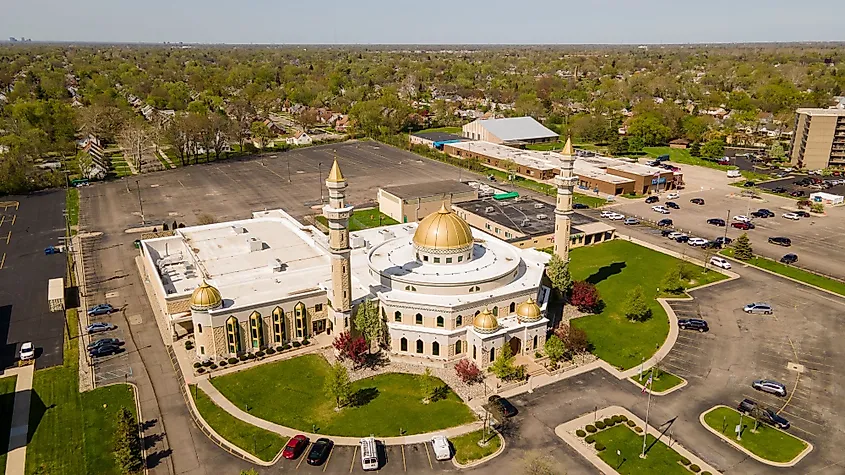
Dearborn's population spurts have been fueled by its economy. Its place as the home for the Ford Motor Company Headquarters cushioned it from some of the downturns experienced by other municipalities in the Greater Detroit area in the early 21st century. In 2000, the population of Dearborn stood at 97,775, and that of the Detroit-Livonia-Dearborn Metro Division at 2,061,162. In 2010, Dearborn's population had increased to 98,153, while Detroit-Livonia-Dearborn Metro Division shrank to 1,820,584. The city is home to one of the oldest and most well-established Arab communities in the United States. As per the latest US Census, Dearborn has a population of 109,976 inhabitants.
Economy Of Dearborn
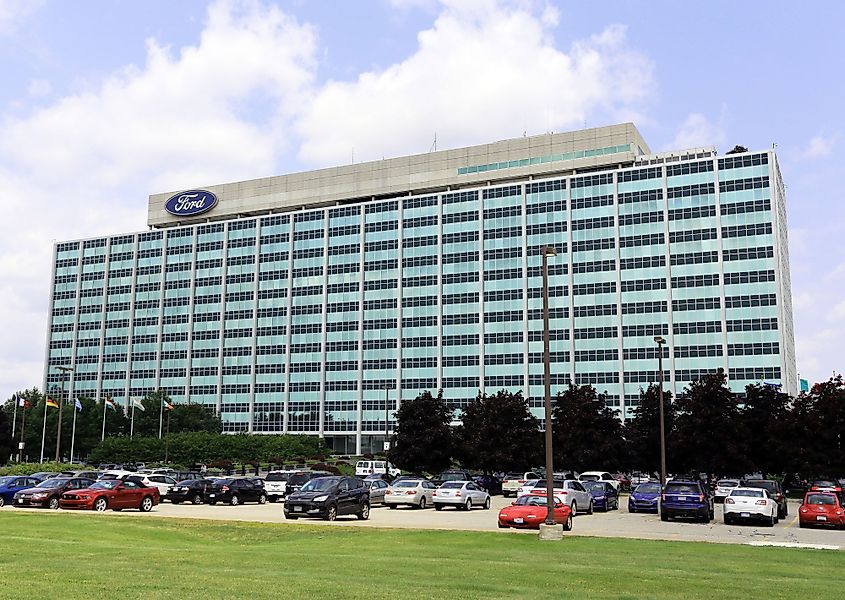
The city's economy was marked by first the institution of the Arsenal, which brought soldiers and military business, and in the late 19th century, by Henry Ford and his manufacturing plant. The Ford Motor Company River Rouge Assembly Plant was built in Fordson in 1917 and renamed the River Rouge Plant in 1929 at Dearborn's incorporation. The city's relationship with the auto industry has had its ups and downs, including the Ford Hunger March of 1932, where unemployed workers marched to the Dearborn plant and were met by police. Five workers were killed. The strike of 1941 shut down the plant for ten days.
In 1942, as a result of wartime production, the Ford assembly lines ceased production for three years. Henry Ford operated experimental farms between the two former towns of Dearborn and Fordson. After he died in 1947, the Ford Motor Company developed the property into the Ford World Headquarters, renowned for research and development facilities, along with a shopping mall complex and conference hotel. The area divides the city's downtown into eastern and western halves.
Attractions In Dearborn
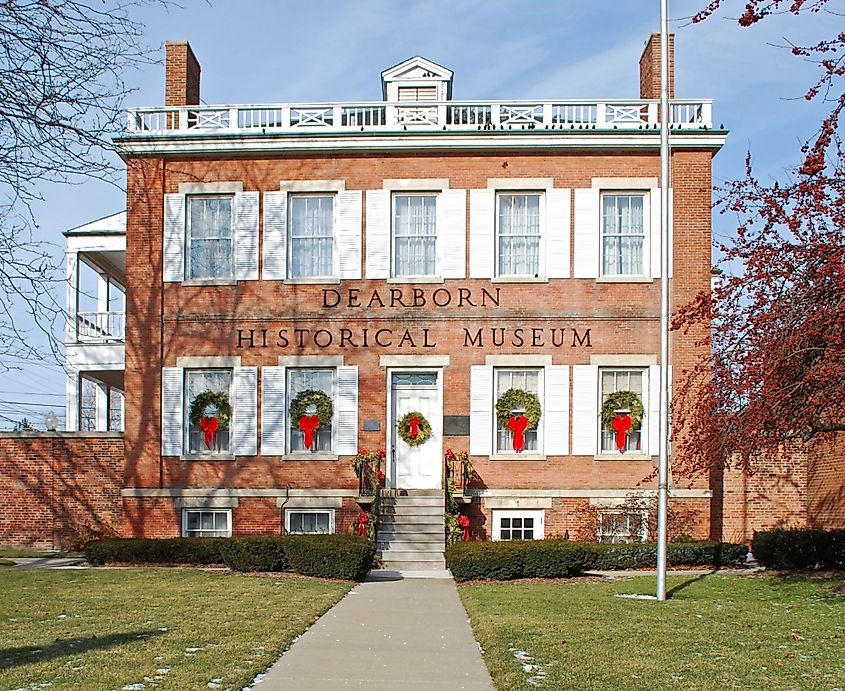
Visitors can learn about the city's unique history at the Dearborn Historical Museum. Two of the main buildings date from the 1830s and were part of the original Detroit Arsenal at Dearbornville (1833-75). The entire museum complex also includes the three-room Gardner House, dating from 1831. The Spirit of Ford is a science and technology museum for children. The massive Ford Rouge Plant is also open to the public for tours.
